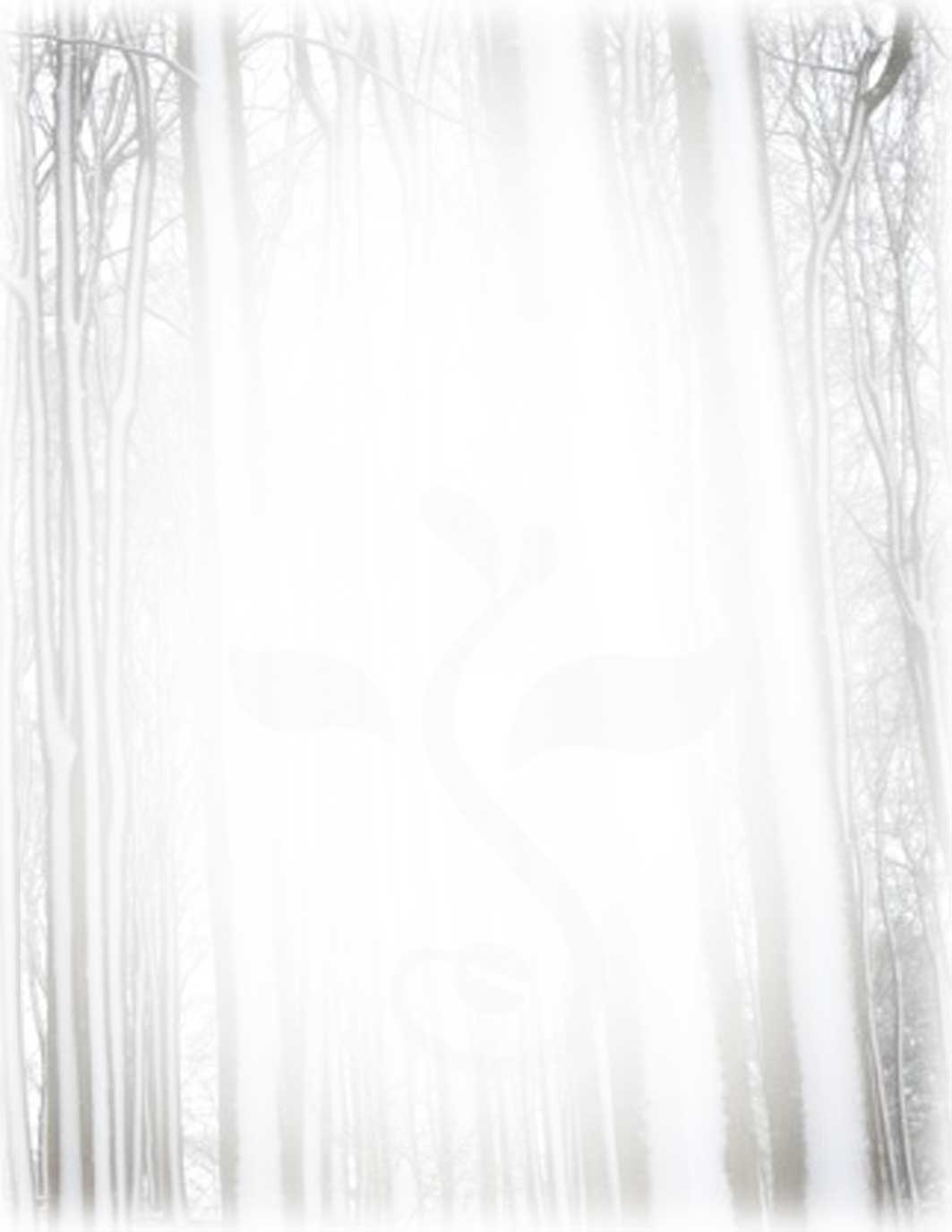
- Does not absorb storm run-off as well as sod and requires plastic drainage infrastructure as a result.
- Manufacturing the plastic for the synthetic turf pollutes the air and is energy intensive.
- It is often shipped from further away than natural sod, increasing shipping energy.
- When synthetic sod gets tired, as any plastic eventually does outdoors, it must be disposed of in a land-fill, whereas sod can be composted, or covered over with new sod/plants.
- It eliminates biological habitat.
- It competes with turf and seed farms which have a positive impact on air quality, relative to home-development or factories.
This text is an excerpt from:
Successfully Landscaping Your Marin Home,
Available on Amazon and Marin Bookstores,
By: Dane E. Rose
(415) 455 9161
For pictures of Marin Vertical Garden HERE.
Landscaping Sustainably
Mystical Landscapes is a Marin Design and Build
company for all aspects of landscaping.

We also do landscape design Mill Valley, installation and landscape design Corte Madera, installation and landscape design San Rafael, installation and landscape design Novato, installation and landscape design Larkspur, installation and landscape design San Anselmo, and installation and landscape design Tiburon. Marin Landscape Contractor and Marin Landscape Architect. 232 Bungalow Ave San Rafael, CA 94901 (415) 455-9161


